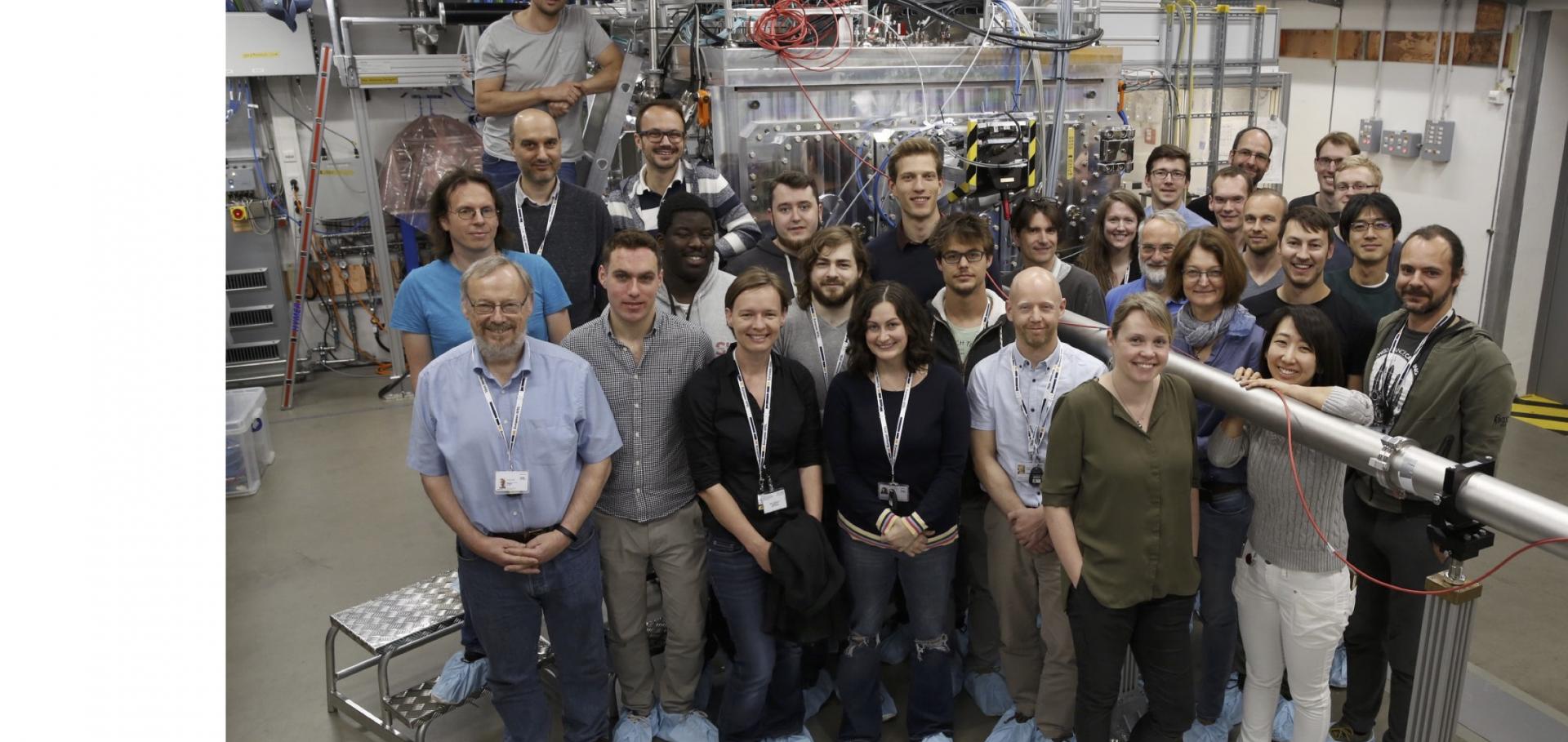Picosecond X-ray Studies of coherent folded-acoustic-phonons in a multiple quantum well
Physical Review Letters 94 (2005) 125509 4pp
Thomson scattering measurements of heat flux from ion-acoustic waves in laser-produced aluminum plasmas
Physical Review E American Physical Society (APS) 71:4 (2005) 046407
Clocking femtosecond x rays
Physical Review Letters 94:11 (2005)
Abstract:
Linear-accelerator-based sources will revolutionize ultrafast x-ray science due to their unprecedented brightness and short pulse duration. However, time-resolved studies at the resolution of the x-ray pulse duration are hampered by the inability to precisely synchronize an external laser to the accelerator. At the Sub-Picosecond Pulse Source at the Stanford Linear-Accelerator Center we solved this problem by measuring the arrival time of each high energy electron bunch with electro-optic sampling. This measurement indirectly determined the arrival time of each x-ray pulse relative to an external pump laser pulse with a time resolution of better than 60 fs rms. © 2005 The American Physical Society.Opportunities and challenges using short-pulse x-ray sources
Journal of Physics Conference Series IOP Publishing 21:1 (2005) 87
Optically Induced Lattice Dynamics Probed with Ultrafast X-ray Diffraction
Institute of Electrical and Electronics Engineers (IEEE) 2 (2005) 748-750


